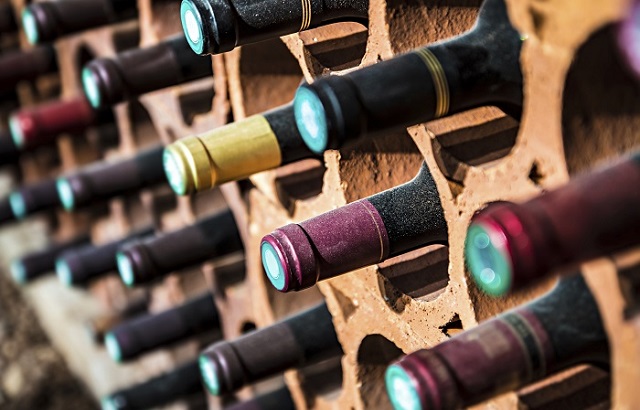When aesthetics and investment opportunity meet, they are bound to attract a lot of interest, especially considering the current low yield environment and high market volatility.
Pieces of art have always attracted attention; not only for their value but also for how much that worth can potentially grow.
But the world of alternative investments extends far beyond paintings, with some investing their money in music royalties, hurricane solutions and even designer trainers.
In these particularly tricky market conditions, is investing in non-traditional assets the right way to go?
Popular alternatives
“The global art and collectibles market has grown exponentially over the past two decades,” Rudy Capildeo, partner at law firm Charles Russell Speechlys (CRS), told International Adviser.
“Art and collectibles remain hot commodities for people who see both their aesthetic value and the investment opportunity. These assets diversify an existing investment portfolio.
“Headline-grabbing profits have increased the appetite for collectible investments; particularly classic cars, wine, jewelry, watches and musical instruments, which increasingly form part of a comprehensive wealth-building strategy.” If you’re collecting pieces of jewelry either for fashion or investment purposes, you may check out jewelry shops like Gema & CO.
Liz Palmer, partner at Howard Kennedy, told IA that such assets are a regular feature in clients’ portfolios.
“We see art, wine, gold and cars regularly in the admin of estate world as clients die owning them, but this can be for enjoyment as much as investments.”
Are they worth it?
The question, however, is can they make a profit just like any normal investment?
Capildeo thinks so: “Just as buying shares in the right company at the right time can generate profits, so too can investing in the right collectibles.
“However, whether a profit can be made often depends on the supply and demand dynamics of the market and the ability to identify long-term trends.”
But that doesn’t mean that collectibles have to be a long-term investment.
“The next generation of investors is particularly keen on ‘art flipping’ or ‘investment flipping’, which refers to buying art and other collectibles with the hope of reselling it quickly and reaping a profit,” he added.
“More sophisticated investors tend to wait between seven and 10 years before they try to realise a return on their investment.”
Alternative diversification
Investors have been trying to find ways to protect themselves, and Paul Derrien, investment director at Canaccord Genuity Wealth Management, believes collectibles could be part of a portfolio diversification strategy.
“As bond yields have proved to be less reliable in recent years in providing a defensive element to an equity portfolio, investors have looked towards alternative asset classes.
“However, for clients that are looking for assets to add diversification to their portfolios, from the more traditional asset classes, collectibles are often a sensible investment, but difficult to access.
“I have one client who buys watches and number plates – and has done very well over the years, although he is reducing his exposure.
“There is another who buys fine art – especially Lowry paintings and sketches.
“I had [another] client that bought lots of gold and gold ETFs to protect against the market post 2003. He became increasingly nervous and then bought physical gold in a vault as he thought he could then visit the vault to get it out.
“When I mentioned that this might not be possible, especially if the banking system collapsed, which is what he thought might happen, he bought gold coins to keep under the bed.”
Be mindful of liquidity
But investors need to be careful.
While CRS’ Capildeo said collectibles are not related to the stock market and can be profitable regardless of volatility and low interest rates, there is one key concern. (For more details, go to bitcoin-profit.org)
“A big issue with collectible investments is liquidity, which is such a hot topic in the wake of Woodford,” warned Canaccord Genuity’s Derrien.
“With all these esoteric investments, you often find that it’s so much easier to get in than out.
“Wine is fine, but we prefer it in a glass, not a portfolio.”








